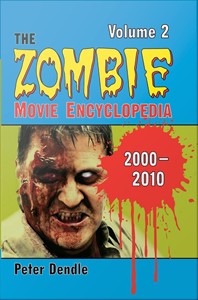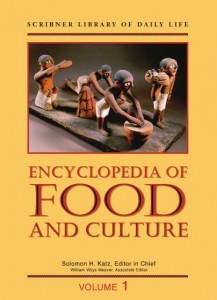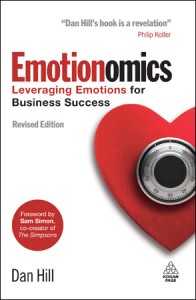 Subject encyclopedias are a great place to begin research on any subject. They’re written by experts in any given field, are much more reliable than Wikipedia, and usually provide more scholarly sources as references and further reading. Lucky for you, Collins Library has access to a whole range of online and in-print encyclopedias. The Gale Virtual Reference Library and SAGE Reference Online gives you full access to hundreds of online encyclopedias. There are even more available at Collins Library and through Summit in print!
Subject encyclopedias are a great place to begin research on any subject. They’re written by experts in any given field, are much more reliable than Wikipedia, and usually provide more scholarly sources as references and further reading. Lucky for you, Collins Library has access to a whole range of online and in-print encyclopedias. The Gale Virtual Reference Library and SAGE Reference Online gives you full access to hundreds of online encyclopedias. There are even more available at Collins Library and through Summit in print!
Remember, you can always make an appointment with me or stop by during my office hours (Tuesday 4:30-6:30, Wednesday & Friday 1-5; room 116 in the Library) if you want to discuss research topics, looking for and evaluating sources, or citation styles!
Liz Roepke ’15, Peer Research Advisor
Some interesting titles include:
“Draws on insights gathered through facial coding, a means of measuring and managing the emotional response of customers and employees, to help leverage emotions for business success in terms of branding, product design, advertising, sales, customer satisfaction, leadership and employee management.”
“The two volumes of this encyclopedia seek to explore myriad ways in which we define ourselves in our daily lives. Comprising 300 entries, the Encyclopedia of Identity offers readers an opportunity to understand identity as a socially constructed phenomenon – a dynamic process both public and private, shaped by past experiences and present circumstances, and evolving over time. Offering a broad, comprehensive overview of the definitions, politics, manifestations, concepts, and ideas related to identity, the entries include short biographies of major thinkers and leaders, as well as discussions of events, personalities, and concepts. The Encyclopedia of Identity is designed for readers to grasp the nature and breadth of identity as a psychological, social, anthropological, and popular idea.”
 Encyclopedia of Food and Culture
Encyclopedia of Food and Culture
“A three-volume survey of food and its place in human culture and society, presented through 600 alphabetically sorted entries. Features multidisciplinary coverage of such topics as comfort food, ethnicity and food, medieval banquets, and nutrient composition, among many others. Includes photographs, illustrations, sidebars, recipes, menus, and timelines. For students and general readers.”
 The Zombie Movie Encyclopedia, Volume 2 : 2000-2010
The Zombie Movie Encyclopedia, Volume 2 : 2000-2010
“This is a comprehensive overview of zombie movies in the first 11 years of the new millennium, the most dynamic and vital period yet in the history of the zombie genre. The compendium serves not only as a follow-up to its predecessor volume (The Zombie Movie Encyclopedia, McFarland 2001), which covered movies from 1932 up until the end of the 1990s, but also as a fresh exploration of what uniquely defines the genre in the 2000s. In-depth entries provide critical analysis of the zombie as creature in more than 280 feature-length movies, from 28 countries and filmed on six continents. An appendix offers shorter entries for more than 100 shorts and serials.”
 The Continuum Encyclopedia of Animal Symbolism in Art
The Continuum Encyclopedia of Animal Symbolism in Art
Available at Collins Memorial Library: 1st floor Reference section (GR705 .W47 2004 )
“The focus of the encyclopedia is on animals and their symbolism in diverse world cultures and in different eras of human history. Most entries on particular animals begin with brief zoological information, which includes the animalʼs scientific name and classification as well as its range, habitat, and behavior. Main, general entries on cultural, chronological and geographical areas include cross-references to specific cultures discussed in greater detail. Other broader entries address the significance of animals in their own environments (e.g., architecture of animals, tools used by animals), and still others deal with animals in the human sphere (e.g., pet animals, zoo). The ways that people think about animals and what people do to and with animals as a result are discussed in more theoretical entries, such as anomalous animal and complimentary duality.”


